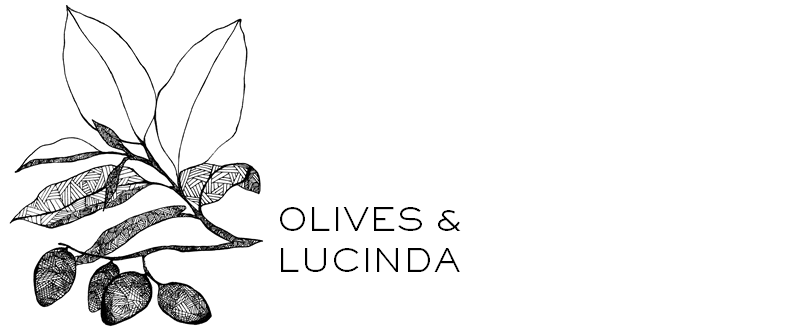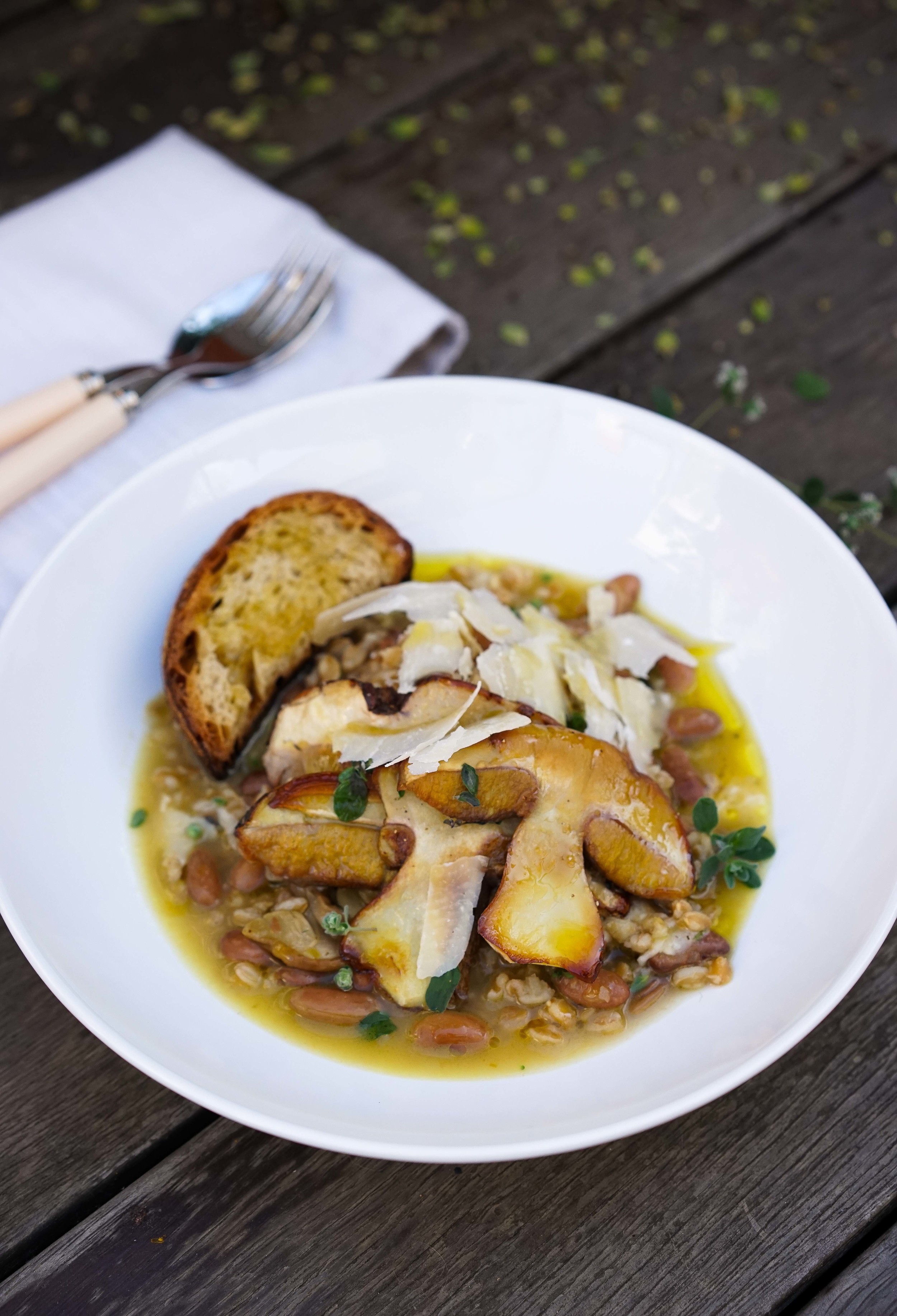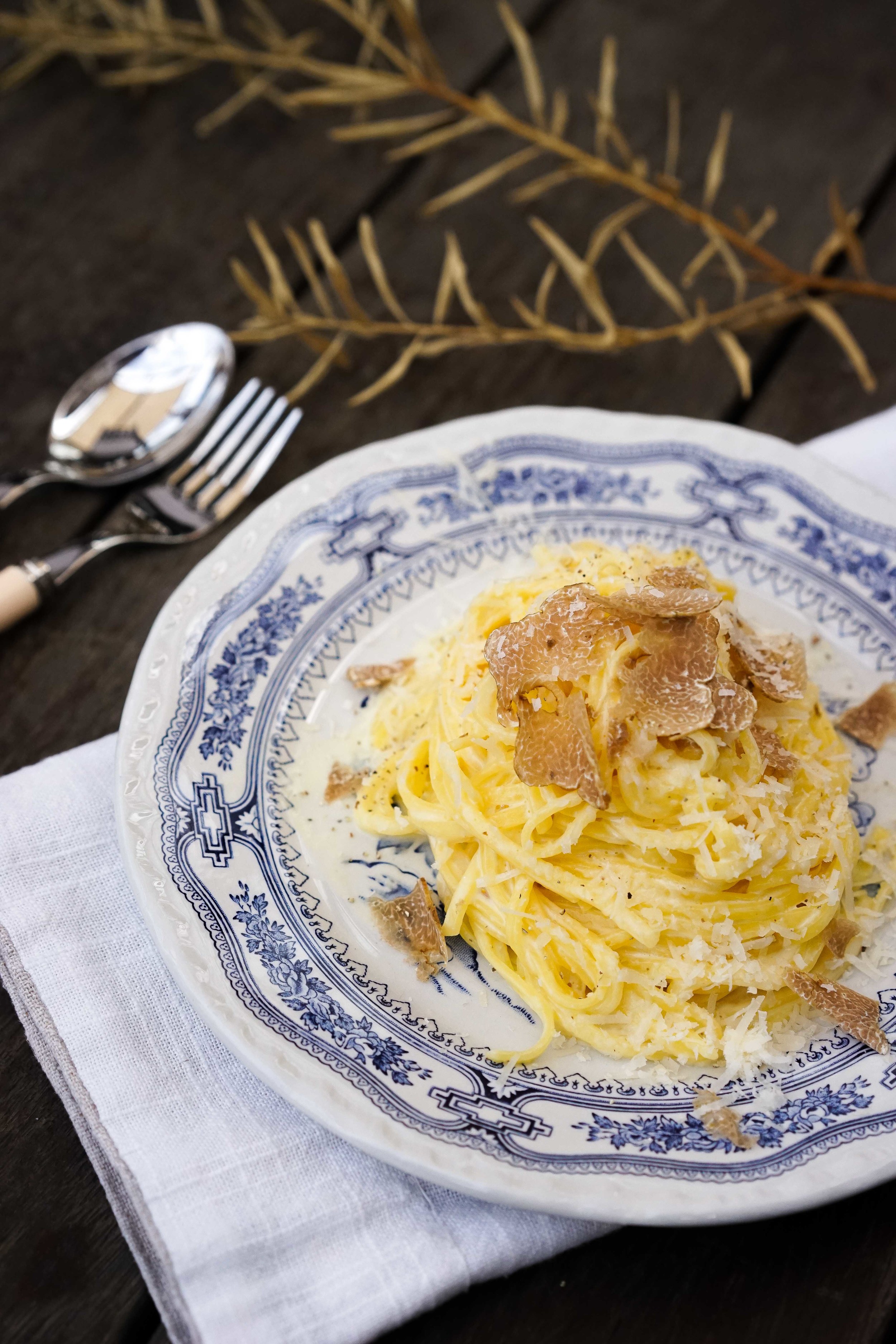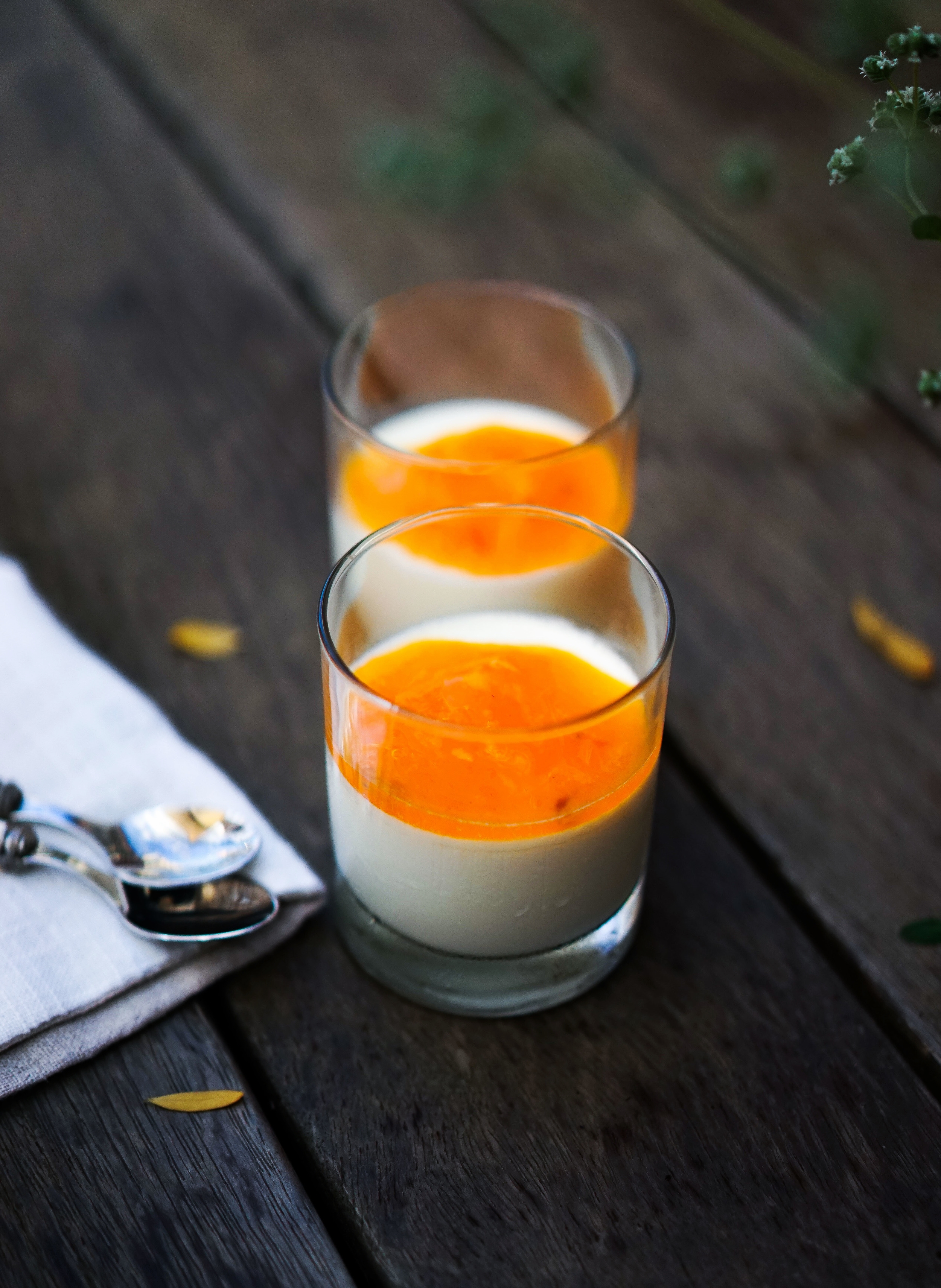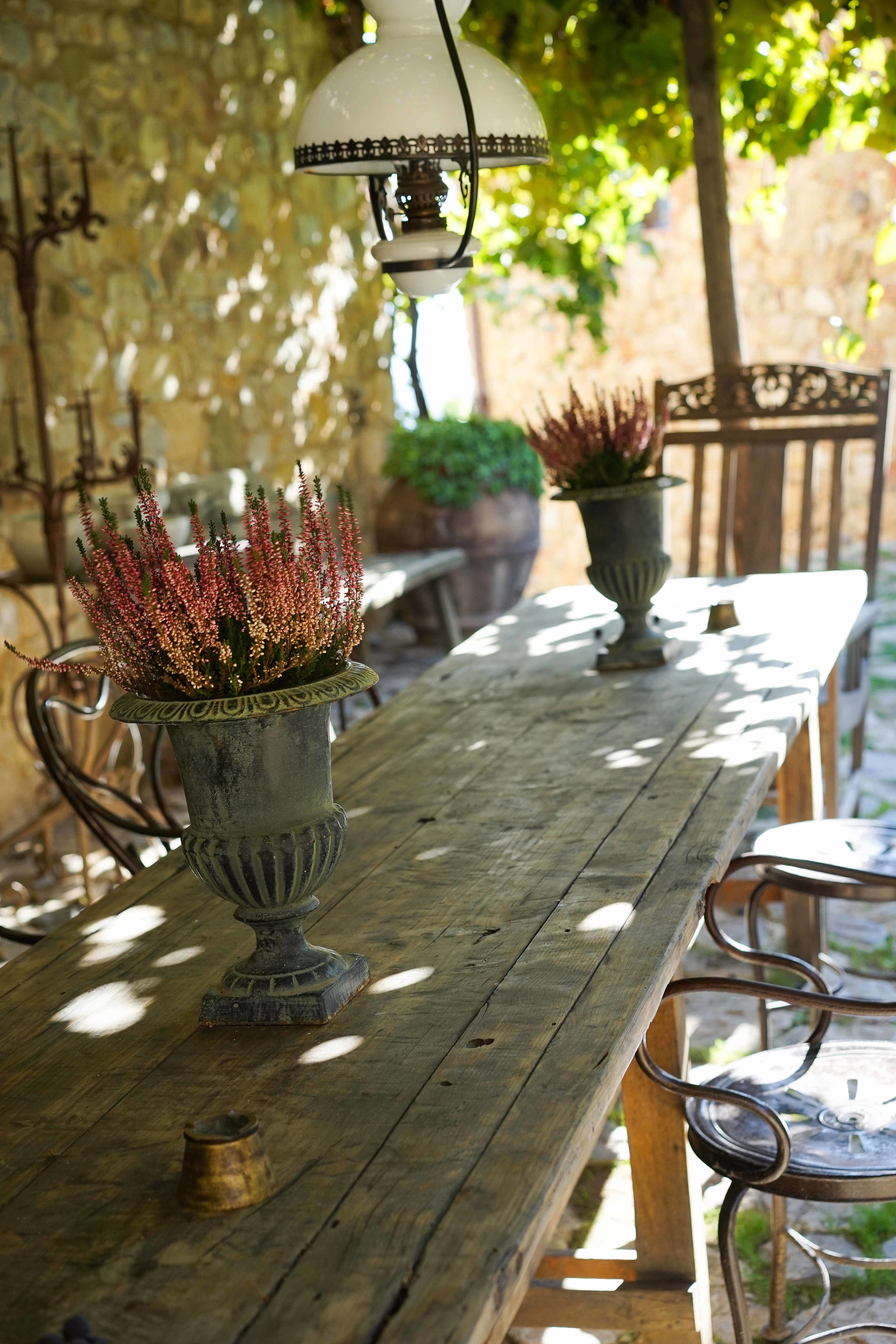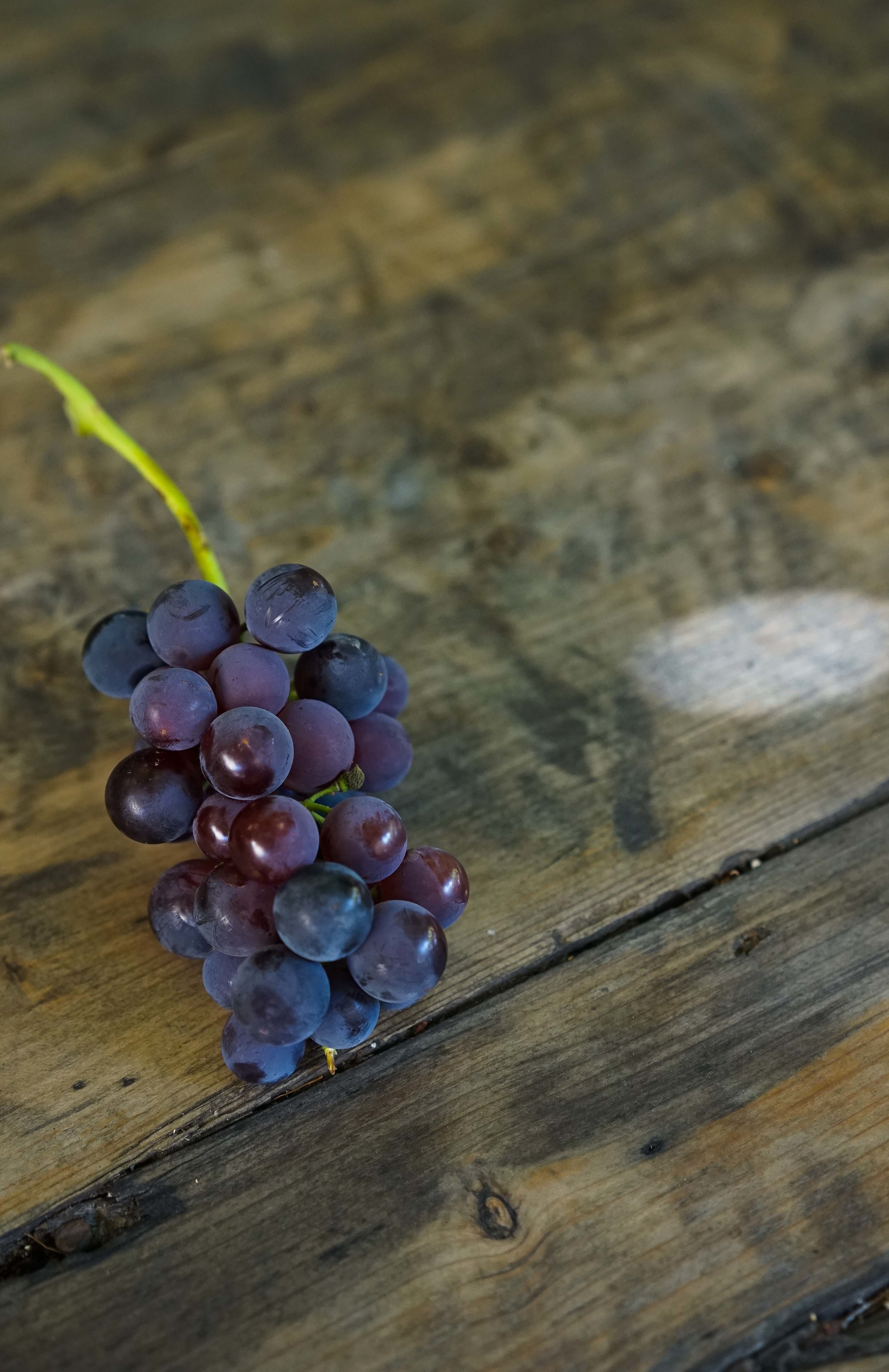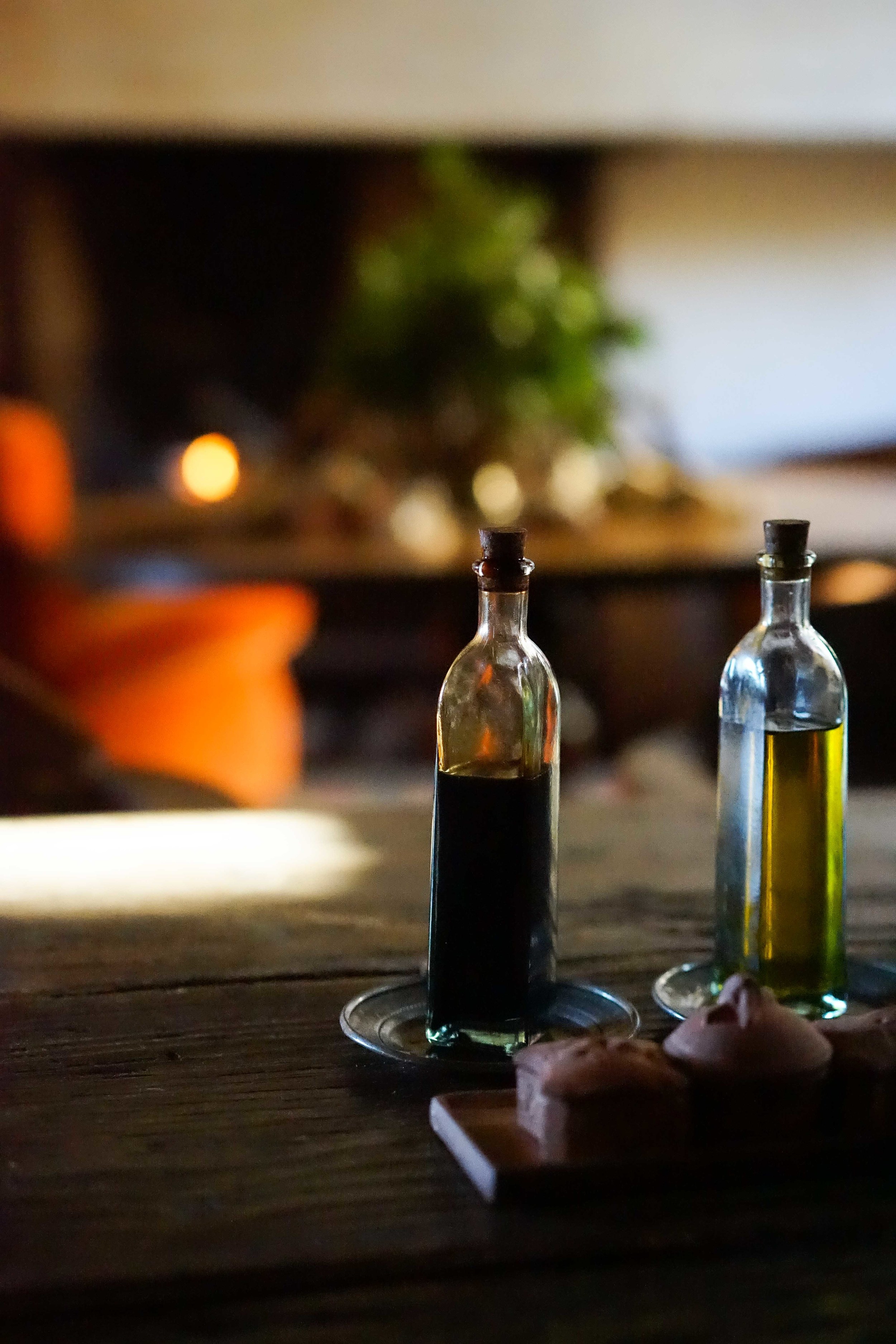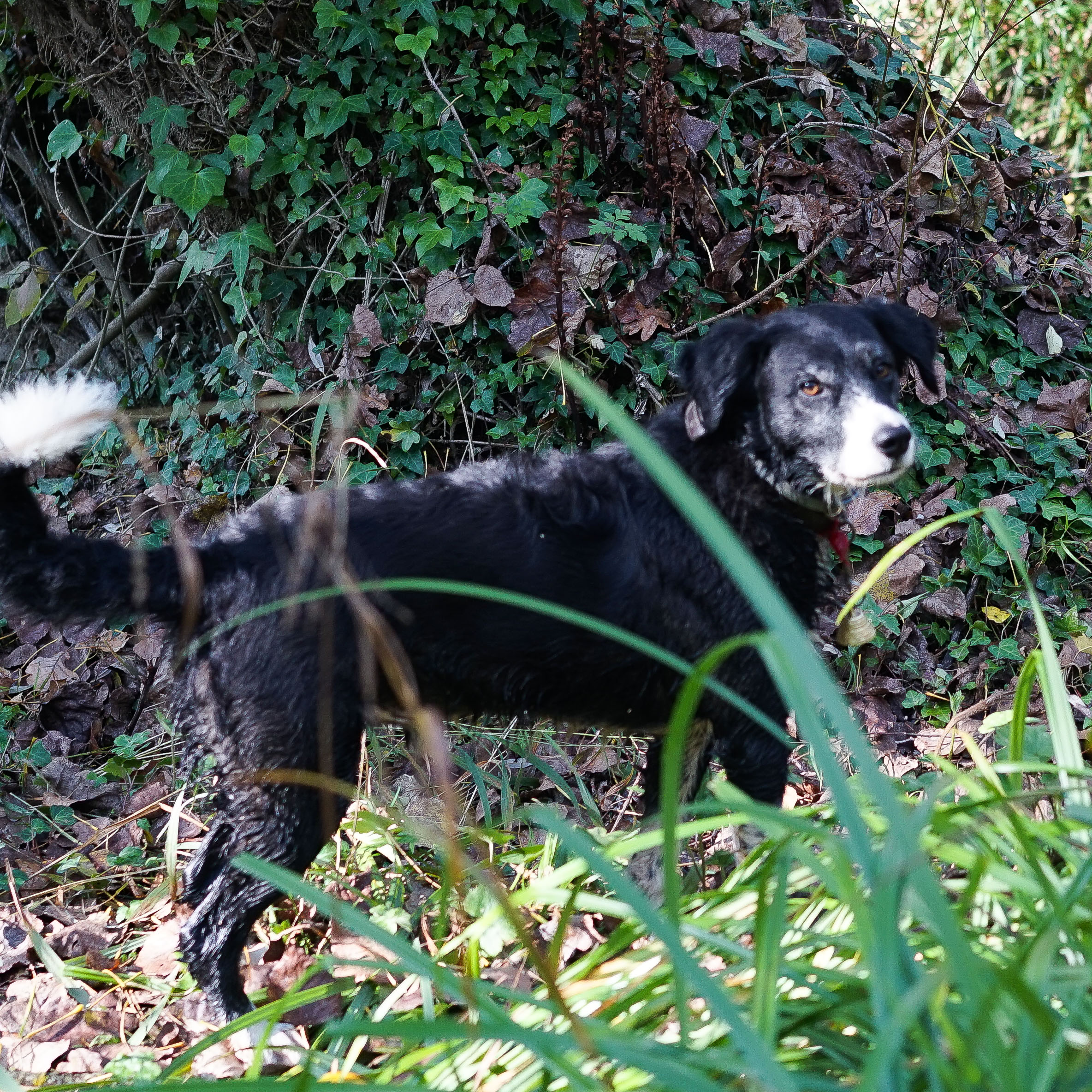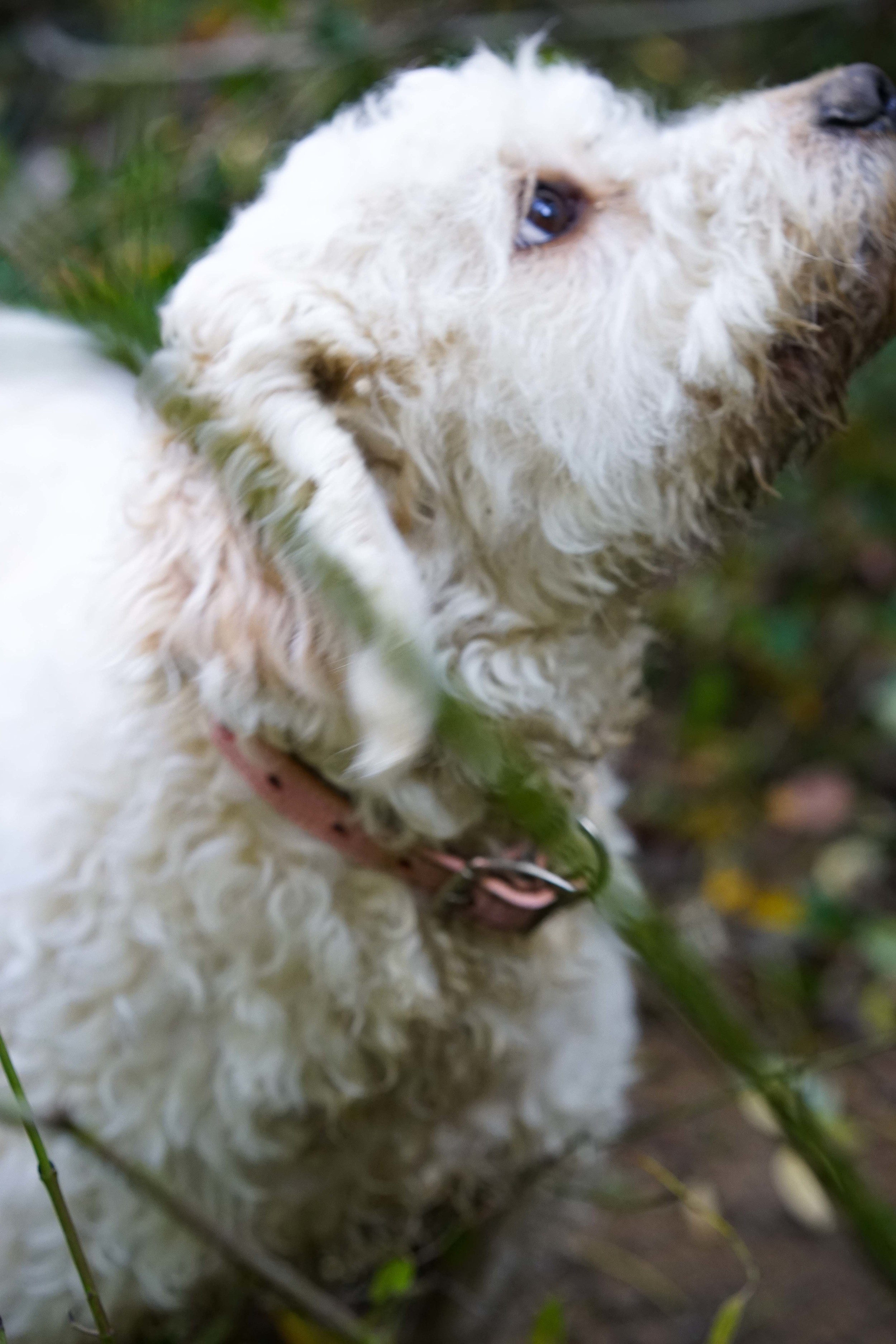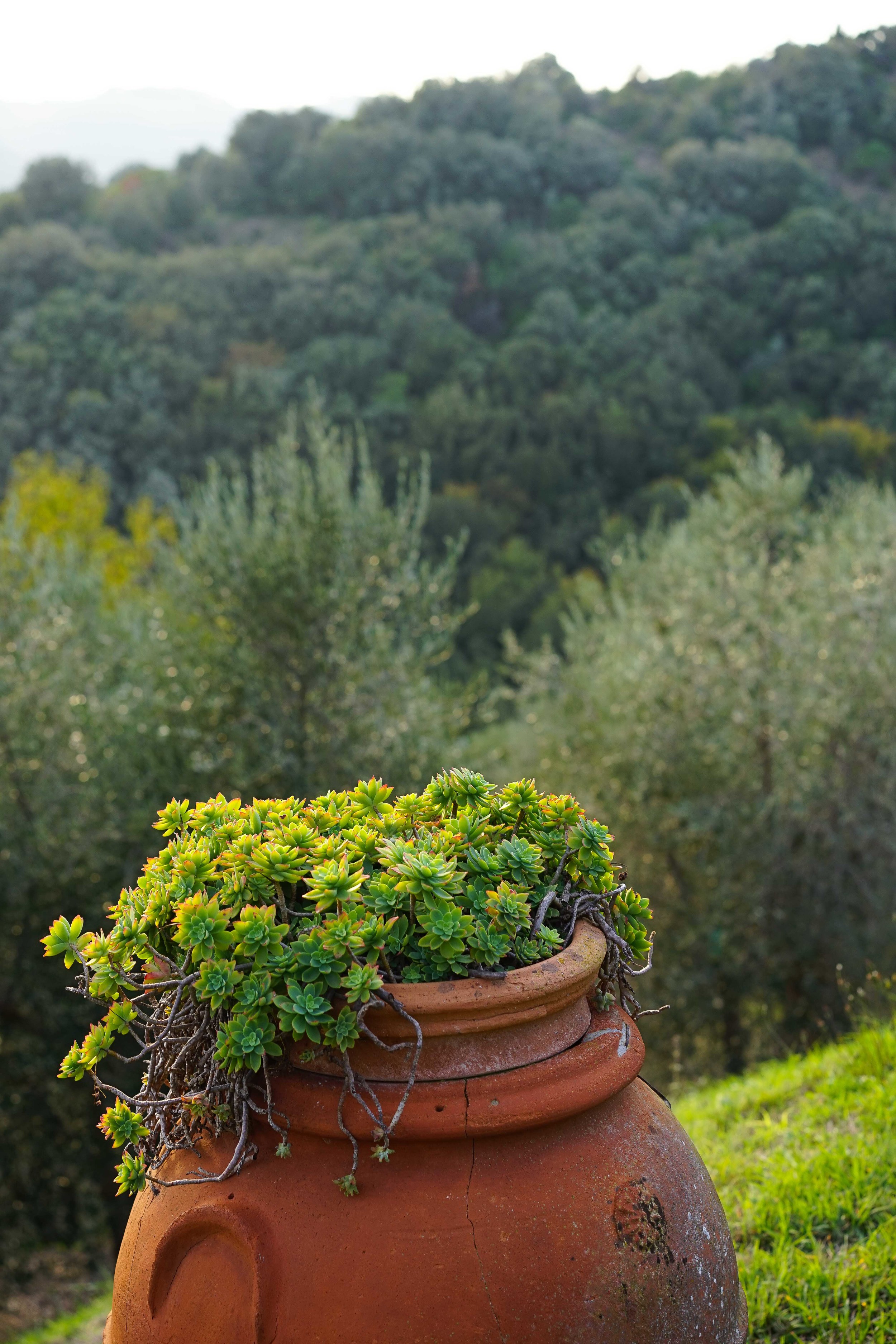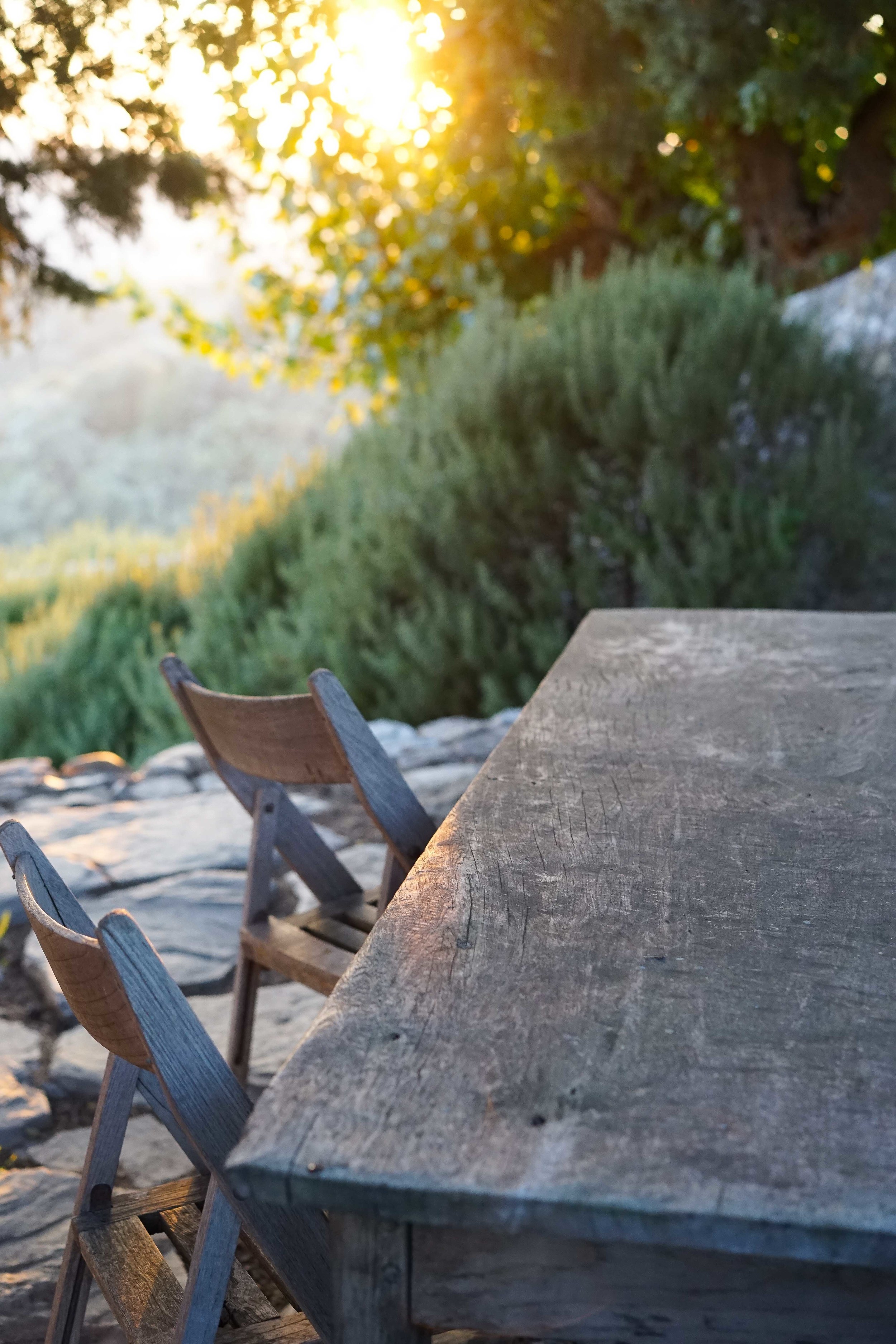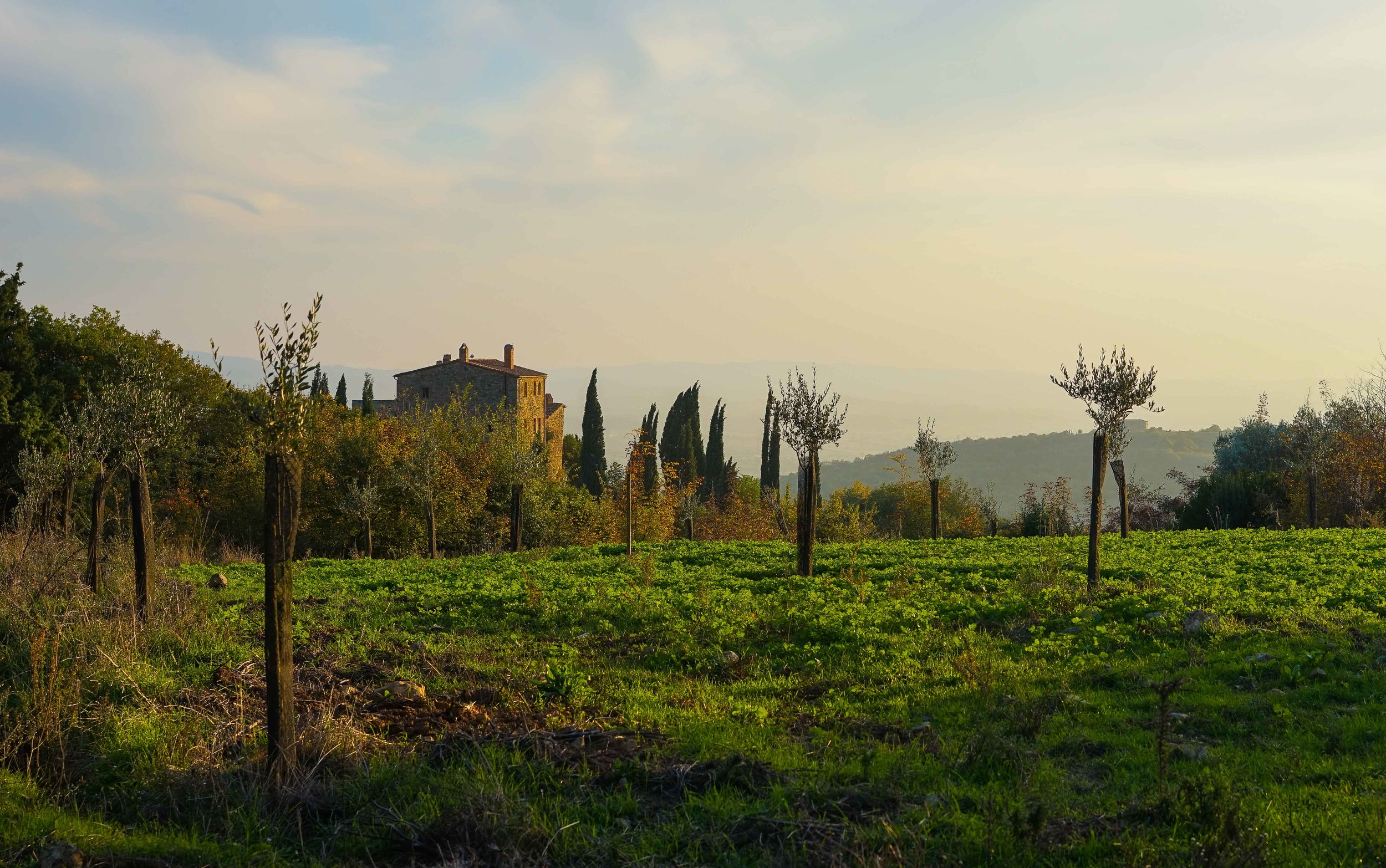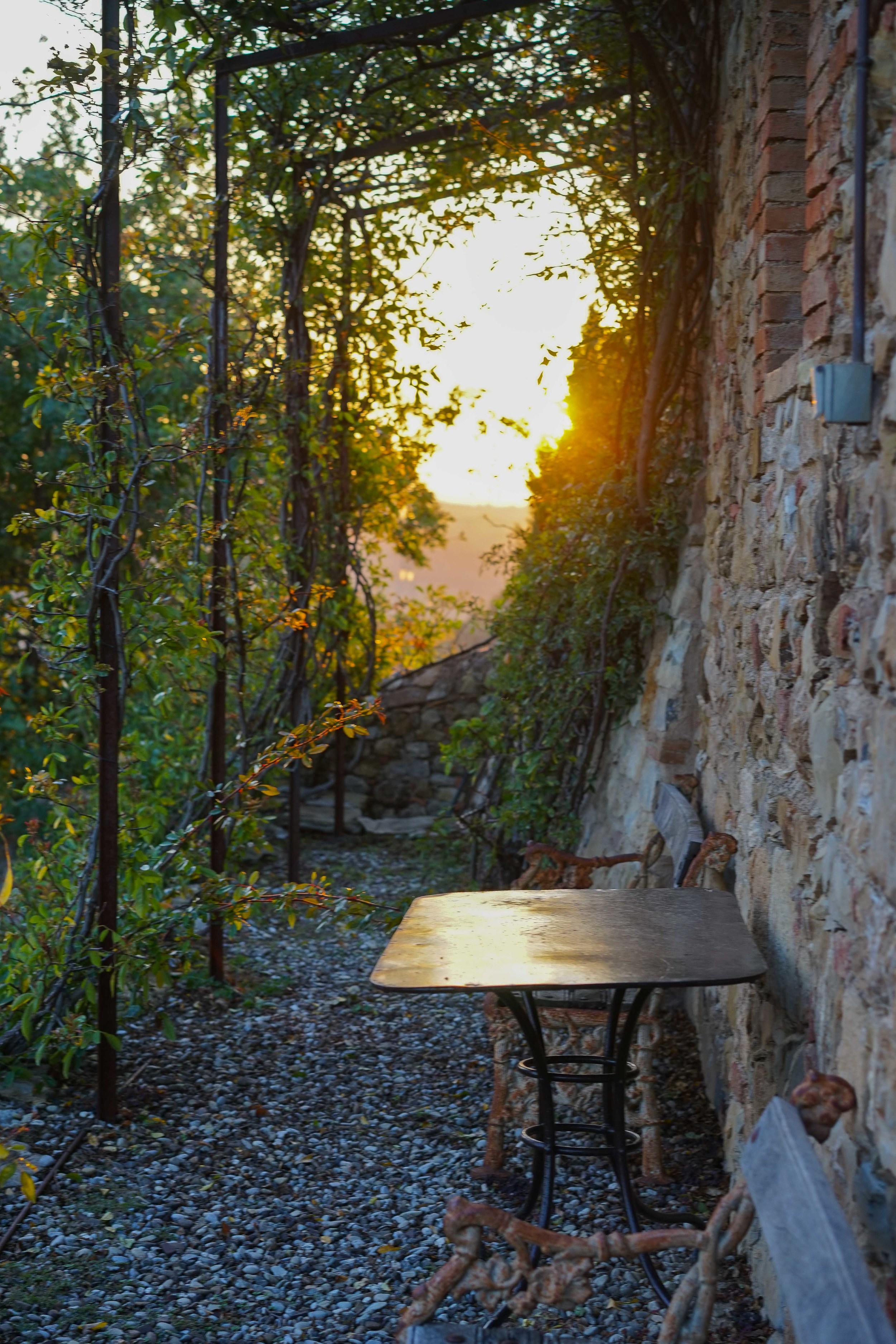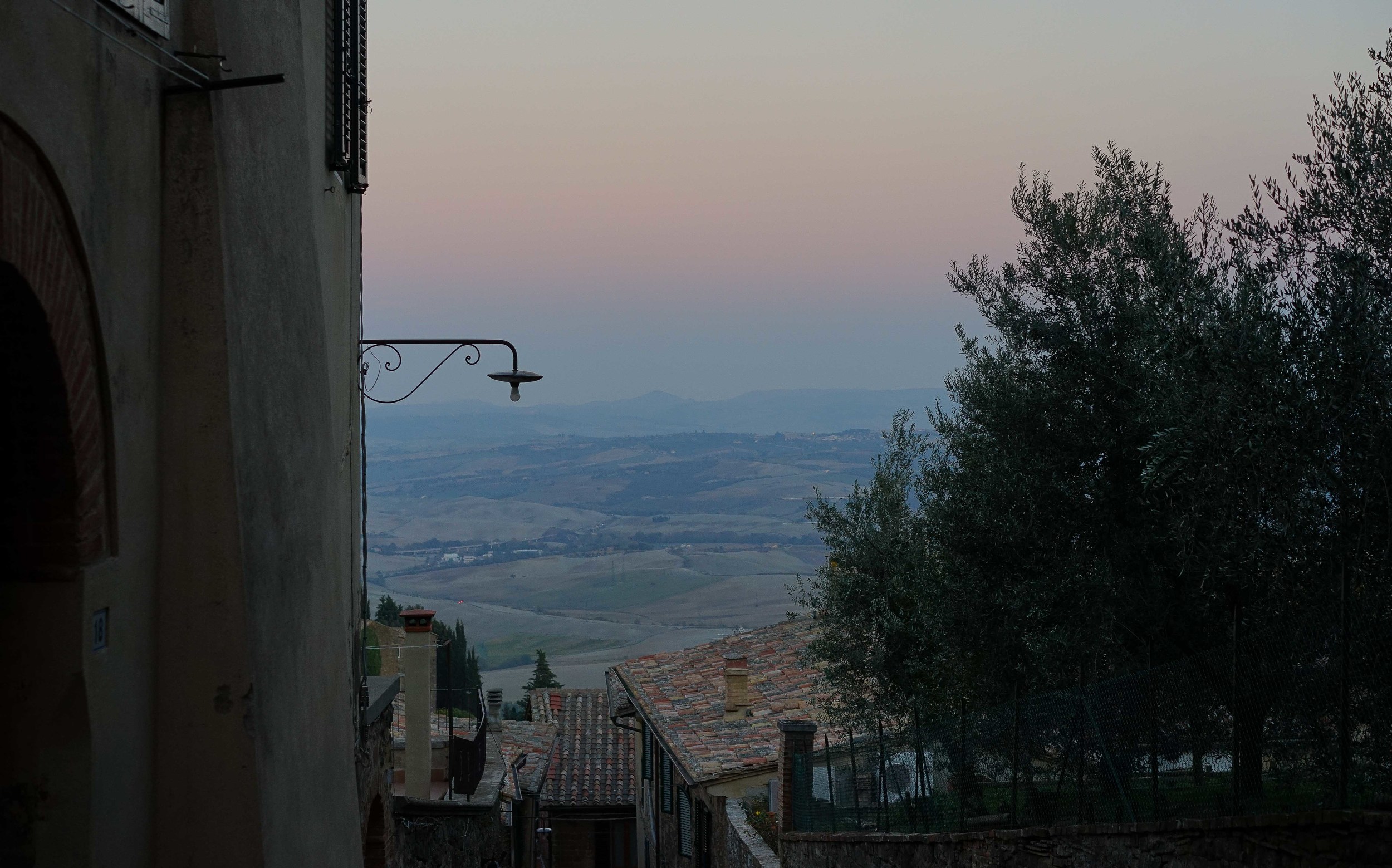I was recently struck by the thought that some places manage to wear their clichés a lot better than others. It was a crisp yet sunny autumn morning (our first cliché) when the idea occurred, and were on our way from Rome to Tuscany, shunning the main roads, of course, for those ‘lesser travelled.’ Around my head, a light scarf, loosely wrapped; and covering my eyes, large sunglasses, tortoise-shell rimmed. The only things missing – leather driving gloves, you know, the ones with the little holes, metal stud to fasten, probably in a light tan colour – and we were certainly the worse for it. Coastal roads and red 70’s era cabriolets demand a certain uniform for good reason I quickly realised – without the sunglasses, I’d be blinded by wind, without the scarf, lashed by my own hair, my poor gloveless hands remained for the duration jammed tightly into jacket pockets. The 130km autostrada? Not even a viable option without a roof! And so begun these thoughts about all the best clichés…
Italy is a place where they have had a long time to perfect certain things, more than enough time to have gotten a few things absolutely right. Originality, innovation, sure, sure, va bene, but as any Italian will tell you, no one makes pasta sauce like they do in their home town. And how do they make it there? The same way, we’re told, that they’ve been making it forever. A cliché yes, but worse for it? I might have said 'yes,' once upon a time, but now I’m not so sure… Italy has a way of taking seemingly tired clichés and transforming them into absolutely un-ignorable good advice!
It was in this mind that we arrived at gate of Castello di Vicarello, situated a-top a hill in the wild Maremma region of Tuscany. Behind the gate, a long gravelled driveway lined with tall cyprus pines, vineyards sweeping along one side, olive groves on the other, and at the end, the castle itself, constructed from rough blocks of faded medieval stone. Crunching to a halt on the gravel, leaving the car beneath a large olive tree, evidence of the harvest a few days prior was scattered all around and easily observed – escapee olives, small and purple-black, some still on their twiggy stems, crushed underfoot, bleeding into the gravel.
The olive trees themselves were stripped almost bare and looking harassed, as though still indignant at their rough treatment two days prior. This very morning the olives were pressed, the oil bottled. Inside, at a long table, in front of an open fire, the new oil was decanted into little saucers for us. Bright green, and cloudy, tasting of grass, almost acrid, we mopped it up with warm rosemary bread, and drank red wine that, while longer in the bottle, had its origins a similarly short distance away, from just the other side of the cyprus drive. The fire flickered, too warm to move away from, mesmerising to watch, and I thought, hmm, ‘hanno ragione, questi Italiani,’ ‘they might just be right about everything after all.’
In this spirit, we followed advice, and set out early the next day on a hunt for white truffles, (‘but not too early,’ reminded our host, ‘you must leave time for a cappuccino!’). Arriving a little late (but just the right Italian amount of late), we coincided with our guide on the edge of a forest outside the small town of San Giovanni d’Asso – one of the very few places where white truffles grow during a brief season beginning in October.
Our guide for the day, Piero, a third generation truffle hunter, heir to a small private forest along the river, dressed in a not-unpredictable style – khaki green corduroys, high rubber boots, woollen vest, flat cap with feathers – I swear I am not making this up! In his hand, a wooden-handled digging tool called a vanghetto, with a squared edged steel blade designed to gently dig the white truffles out from beneath around four inches of chalky soil. In his pockets, tiny fragments of truffle, treats to be handed out to the two ‘hunting’ dogs, to remind them why they are here, to ensure that they keep their eyes on the prize!
Our hunters for the day were Roy, a border collie cross, old hand, and truffling champion. Alongside, little Pesca, ‘Pescina,’ Peach, eighteen months old, in training, fluffy, white, not at all what I expected – bouncing, friendly, adorable. ‘What does ‘training’ consist of?’ I asked Piero. Basically, hiding truffles in socks and under the bed, was the answer, encouraging the dogs to find them, feeding them the truffles they find. Covering yourself even, in the scent of truffle, forming indelible associations in the mind of the dog between their owner, the truffles, and tasty rewards!
From the fields at the edge of the forest we set off into the trees. I’d expected some science – something along the lines of 'truffles only grow under certain trees' or some such – but in practice, it’s only the dogs who can find them, and their owner’s job to coax them into doing so. ‘Dov’e? Dove c'è oggi? Andate, trovateli’ Piero called to the dogs, almost singing the words, ‘Where are those truffles today? Go on, find them!’
Little bells attached to the collars of the dogs tinker as they run through the trees, while Piero keeps a keen ear out for the moment when the tinkering stops. A stopped dog, is likely a truffle found, and it’s at this point that he himself bounds into action – if the dog digs up the truffle before he does, it will likely be eaten, or at least a little chewed!
Roy has stopped in some thick tufty grass, and is digging furiously. Kneeling down to join him, Piero takes a clump of dirt in his fingers, and sniffs it to confirm that there is indeed a truffle around! More digging, the vanghetto is put to use, excitement, but no truffle… Wild boars, Piero concludes shaking his head, there was a truffle, but it’s gone. We were beaten to it.
Boars and pigs, we’re told, make much better truffle hunters than dogs, and although they were once employed for this purpose, the practice has been outlawed in Italy for some years. The problem? The pigs were too good! Apparently, a pig will find all the truffles there are to be found in one sweep, ruining the sport, ruining the chances of others, perhaps, ruining the thrill. A wonderfully Italian logic I think – if it were easy, what would be the fun in that?
Discouraged by the false lead, Roy has taken leave of his duties, and appears to be chasing frogs in the river. We walk on, Piero warns us that we have almost walked the length of the forest, the boundary is only one hundred or so metres away, and still we’ve no truffles in hand. Roy is scolded, ‘Hai fatto una figuraccia,’ ‘you’re making a fool of yourself,’ and perhaps more seriously, ‘Dai Roy, davvero, non hai fatto una bella figura!’ ‘Come on Roy, really you’re not making a good impression!’ (To not have made a bella figura ranking foremost amongst Italian concerns!).
Meanwhile, some rustling from little Pesca, ‘she’s only just learning,’ jokes Piero, ‘probably just playing.’ We don’t rush to catch her, but when we do it’s just in time. From her jaws Piero snatches a good sized truffle! Roy watches on, head cocked, ears down, dripping muddy river water.
Together, at the border of the forest, the dogs continue to sniff around the trees and amongst the long grass. Piero leads them to places where he has found truffles recently, in the hope that some more have grown in the same spot. One night is all it takes for a truffle to form he explains, they can grow in a matter of hours. Wet weather helps, so they are more likely to be found after heavy rains have had a chance to saturate the soil.
Once again, the bells stop, we rush to catch the dogs, and it’s little Pesca once more, digging away – an even bigger truffle this time! Roy pretends not to watch from a distance of a few metres. Piero digs out the truffle and carefully disguises the area around the dug hole. Although the forest is private, it’s not fenced and there are plenty of truffle poachers about. Given the propensity for the truffles to re-occur in the same spot, Piero explains, it pays to hide your tracks.
At the boundary of the forest we turn around and walk a while along its edge. Roy, keen to redeem himself, stops and digs, seeming very earnest, every 10 metres or so, but to no avail. It hasn’t been his day, but with two reasonably large truffles in hand as we leave the forest, it certainly has been ours!
In nearby Montisi, we hand one of our truffles over to Roberto, a local restaurateur, who uses it to flavour a four-course lunch – truffle bruschetta, truffle and eggs, truffle tagliolini, and truffle tartar. The classics, but at this point we wouldn’t expect anything else! Shaved thinly with a special device, the truffle flakes impart their flavour most readily when paired with rich fats, Roberto explains, hence the traditional egg yolks, buttery tagliolini, mince meat, parmesan cheese...
On the street outside, a town festival is in full swing. They are celebrating the harvest of the olives, and the bottling of the oil. There are stalls selling vegetables – cavolo nero tied in huge bunches, pumpkins of every shape, trays of chestnut brown porcini, bursting persimmons in cardboard baskets – and of course stalls selling the fresh oil, local vinegars, preserves, and red wine.
The sun starts to set early, the chestnut roasters fire up their coals, and we shop until the car boot is full. We have one truffle left to take home. Roberto has kindly placed it in a glass jar for us, like a museum specimen, to stop it losing water, and to preserve the flavour. We wind our way down the hill from Montisi, the car laden with bottles, bags, boxes of produce, the precious truffle riding up front with me. Along roads lined with cyprus we drive, gliding through a landscape made grainy by the dusky colours of the setting sun, and I think, not all the time maybe, but sometimes at least, here in Italy, 'cliché' might be better off called by an entirely different name – ‘perfection.’
Porcini, Farro, Borlotti, & Fresh Olive Oil
Porcini have such a refined and characteristic flavour that they don’t need a lot of adornment – just a bit of olive oil, a hot pan, a few drops of lemon, a touch of seasoning, and maybe a bit of parmesan if you're feeling fancy. To stay true to this simple preparation, but at the same time turn one or two mushrooms into a meal, this recipe looks to another classic Tuscan combination – that of farro and borlotti beans. Here, the stew of beans and grain is prepared separately to the porcini, but they are combined on the plate, brought together with a healthy splash of grassy green olive oil.
I experimented with two versions of this recipe – the first soupy, and warming, favouring a big shallow bowl, the second more ‘starter sized,’ almost a warm salad bed for the pan-tossed porcini… Both are pictured here, the only difference in the preparation is the amount of stock to add. I couldn’t decide which version I liked better in the end – it depends on the occasion I suppose!
Ingredients
(Serves 2)
- 1 leek – finely sliced (white part only)
- Small bunch of wild garlic – finely sliced, bulbs & tender leaves (or one clove of regular garlic - crushed)
- 100g dried borlotti beans (soaked overnight)
- 150g farro
- Up to 1 litre good quality vegetable stock
- Small handful of dried porcini
- 1-2 fresh porcini mushrooms, depending on size
- A few sprigs of fresh thyme – leaves picked
- 1 small lemon
- Sea salt & freshly ground black pepper
- Handful of shaved parmesan
- Freshly bottled extra virgin olive oil to drizzle
Heat a few tablespoons of olive oil in a large heavy-based casserole and gently fry the leek and garlic together until soft.
Next, rinse the pre-soaked borlotti beans and add these to the pan. Add enough vegetable stock to comfortably cover the beans, then bring to the boil. Once boiling, reduce to a simmer, cover, and continue to cook gently for 35 minutes. (Here in Italy beans are said to ‘grumble’ (brontolare) as they cook, a reference to the rumbling sound given off as bubbles of heat rise to the surface and burst with a plop… Incidentally, the same word describes the grumbling and growling of a grumpy person or brontolo!).
While cooking, peek under the lid occasionally to ensure that the beans have not dried out and add more stock if necessary.
Meanwhile, soak the dried porcini in a little boiling water, creating an infusion.
After the 35 minutes cooking time is up, add the farro to the pan with the beans, along with the soaked porcini, their soaking water, and another splash of stock. If you are aiming a soupy finish, add a lot of stock; add less if you want the grain to absorb most of the liquid. (Note that farro does not expand and take on liquid to quite the same degree as a lot of other grains you may be used to – barley tends to absorb a lot more liquid for instance).
Stir everything together, season with a generous amount of salt and pepper, and then allow to simmer for a further 25 minutes.
Prepare the fresh porcini by wiping off any dirt or grit with a damp cloth. Don’t be tempted to wash them with water as they readily loose their nutty flavour and firm texture if they absorb water.
Next, remove the very bottom of the mushroom stems with a knife (these tend to be very gritty), then cut thickly into slices, through both the stem and the cap, trying to keep these together in the process!
When the beans and farro are almost done, add a squeeze of lemon, half the thyme leaves, and half of the parmesan cheese. Stir together, and continue to cook over low heat while you fry the porcini.
Heat a small amount of olive oil in a skillet. When hot, add the sliced porcini, pressing these gently as they cook to ensure a good contact with the pan. Turn carefully when golden on one side, then toss in the remaining thyme leaves. When the mushrooms are looking lovely and golden all over, add a generous squeeze of lemon, and a little salt to season.
Spoon or ladle the beans into bowls, or onto plates, then top with the pan tossed porcini. Scatter the remaining parmesan, perhaps a little more thyme, and then drizzle all over with fresh green olive oil.
San Miniato White Truffle Tagliolini
White truffles have a more delicate flavour than the black and need a simple background, so I ummed and ahhhed about this recipe a while. Purists (Roberto in Montisi for instance!), advise butter only, but I couldn’t resist the temptation to up the ante further with cream, a little egg yolk, parmesan… So turns out that I have not actually gone native just yet after all!
The fabulous truffle shaving device which I was lucky enough to use at Roberto’s, unfortunately did not accompany me home. It is less elegant, to be sure, but a sharp speed peeler does the same job!
Ingredients
(Serves 2)
- 1 medium-sized white truffle (approx. 20g)
- 200g fresh egg tagliolini
- 50g salted butter – cut into cubes and at room temperature
- 2 tablespoons fresh pouring cream
- 1 egg yolk
- Pinch of salt and white pepper
- 25g shaved Parmesan
Bring a large pot of salted water to the boil.
Meanwhile, make sure the other ingredients are ready to go:
Clean the truffle carefully with a soft brush. This should remove any grit, (and besides, it’s good dirt!). Running water is the sworn enemy of the truffle – don’t even think about it!
Whisk the egg yolk and cream together gently, ready to toss onto the cooked tagliolini later. Season lightly with salt and pepper.
When the water is boiling, add the fresh tagliolini and cook for two minutes. Then drain into a colander, retaining a splash of the cooking water.
Return the tagliolini to the pot, along with a little of the reserved cooking water. Add the butter, and toss everything together briefly before also mixing through the whisked egg and cream, along with a handful of the flaked parmesan. Toss until everything is well combined, and the cheese has melted a little (but not so long that the tagliolini starts to overcook and become sticky).
Swirl the tagliolini onto warmed plates, scatter the remaining parmesan, then shave the truffle on top, allowing the curls to flake down like (expensive) snow!
Honey Pannacotta with Persimmon
Our fireside lunch at Castello di Vicarello was rounded off with a lovely persimmon pannacotta. The next day, Roberto served us a honey pannacotta topped with cacao nibs. It seemed a ‘best of both world’s’ was in order, so here, honey pannacotta with persimmon…
The beauty of this recipe is that a ripe persimmon is like a ready-made sauce, just barely contained in it's skin. Add a few drops of lemon to the flesh of the peeled fruit, and the pannacotta topping is done – no cooking required.
But beware, there are two types of persimmon, the ‘apple’ type, and the ripe sort that here in Italy are called ‘kaki,’ (sometimes written ‘cachi’). They are easy to tell apart – the ripe ones are very soft to the touch, with thin skins, usually sold in a basket or tray of some sort to stop them from bursting. The ‘apple’ sort, are typically a little lighter in colour, more robust, and have a very different flavour, raspy and barely sweet, certainly an acquired taste. For this recipe, a very ripe persimmon is a must.
Ingredients
(Serves 2)
- 125ml whole milk
- 125ml double cream
- 1 leaf of gelatin (2g)
- 20ml honey
- 1 very ripe persimmon
- A few drops of lemon juice
Prepare the pannacotta the day before you wish to serve as it needs to set overnight in the fridge.
In a small bowl of cold water, soak the gelatin leaf, pushing it under the surface to fully submerge. Leave to soak for 5 minutes, until softened.
Meanwhile, heat the milk, cream, and honey in a small saucepan over a low heat.
Stir as the liquid simmers in order to ensure that the honey does not stick to the bottom, then remove from the heat just prior to boiling.
Add the gelatin leaf, (squeezing this gently free of excess water before you do so using your hands), and stir until completely dissolved.
Strain the cream evenly into two serving glasses using a fine sieve; leave to cool briefly; then cover with cling film and place in the fridge to set overnight.
Once the pannacotta are fully set and you are ready to serve, make the persimmon topping by bursting the fruit open and scraping the flesh gently from the stringy centre using a fork. Add a drop of lemon juice to balance the sweetness, and spoon a layer on top of each dessert. That’s it – they’re ready to eat!
